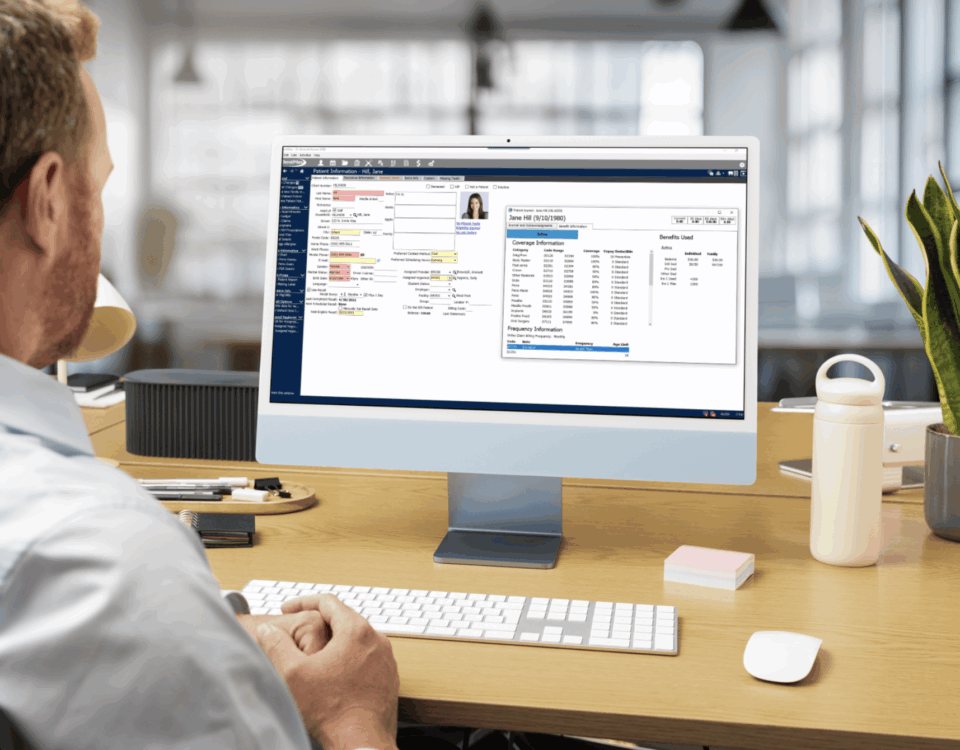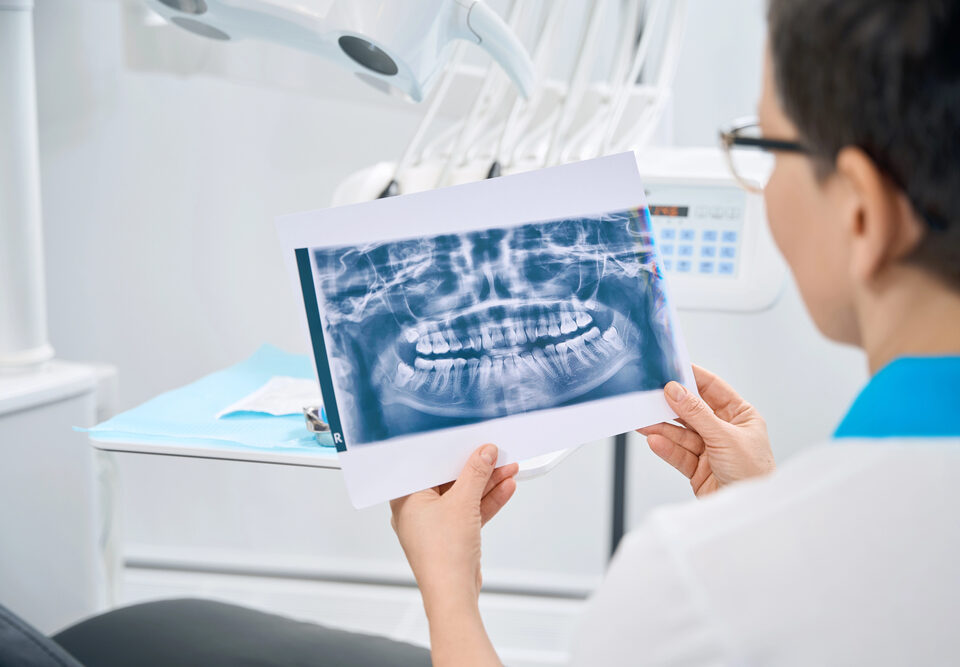Managing a dental office comes with a variety of responsibilities—from ensuring patient comfort to maintaining top-notch clinical standards. However, one critical component that often causes stress for dental professionals is medical billing.
According to 2740 Consulting, dentists in the U.S. have a yearly claim collection rate of only about 84 percent. This often results from inefficient dental billing practices, like errors during the claim submission process and poor recordkeeping/follow-ups.
Navigating medical billing in a dental office can often feel like entering a maze with complex codes, fluctuating insurance policies, and tight compliance requirements. When handled improperly, it can result in delayed reimbursements, claim denials, and even compliance issues. Whether you’re a seasoned practice manager or setting up a new office, understanding the intricacies of dental billing is essential for ensuring both operational efficiency and financial stability.
Understand the Difference Between Dental and Medical Billing
Although they share commonalities, dental and medical billing are fundamentally different systems:
- Dental billing typically uses CDT (Current Dental Terminology) codes.
- Medical billing uses CPT (Current Procedural Terminology), ICD-10 (diagnosis codes), and HCPCS (supplies and services).
Certain dental procedures — especially those related to trauma, sleep apnea, TMJ treatment, or pathology — may qualify for medical reimbursement. Knowing when and how to cross over into medical billing can significantly increase reimbursement opportunities.
Build a Solid Documentation Process
Medical billing success begins with thorough documentation. This includes:
- Detailed clinical notes linking the procedure to a medical necessity.
- Supporting diagnostic images, such as digital X-rays or CBCT scans.
- Preauthorization forms or letters of medical necessity when required.
Training your team to gather the right documentation at the point of service saves time and reduces claim denials down the line. In a 2021 study published by the Council for Affordable Quality Healthcare, they found that each manual claim verification takes 12 minutes on average. Therefore, streamlining this process could result in massive time savings for dental office administrative staff.
Choose the Right Software for Your Workflow
The right dental software can make or break your billing workflow. Look for a system that allows easy crossover between dental and medical codes, tracks patient benefits, and integrates imaging data for quick attachment to claims. Dental practice management software from Dentimax is an ideal solution, offering intuitive charting, integrated billing features, and compatibility with a range of imaging and EHR tools.
The right dental practice management software should have the following billing features:
- Patient and Insurance Billing: Automates claim creation, validates necessary attachments, and allows for easy reprinting of past statements, while also setting up options for online patient payments.
- Insurance Claim Tracking: Comprehensive tools to monitor outstanding balances and quickly access claim statuses, all within a single platform.
- Line Item Accounting: Present a clear breakdown of patient payments and adjustments, mirroring the format of an Explanation of Benefits (EOB).
- Collections: Track overdue balances and create flexible payment plans for treatments, including orthodontic, implant, and other specialized cases.
DentiMax’s dental practice management software seamlessly integrates these features, offering intuitive charting, automated claim tracking, and detailed financial reporting to reduce billing errors and maximize reimbursement rates.
Train Your Staff (and Keep Them Trained)
Your front desk and billing team should be well-versed in:
- Insurance verification processes
- Benefits coordination (especially between dental and medical coverage)
- Interpreting Explanation of Benefits (EOBs)
- Managing patient balances and collecting co-pays
Verify Insurance and Benefits Early
Waiting until the day of the appointment to verify insurance is a costly mistake. Implement a system to:
- Verify insurance coverage 48–72 hours before appointments
- Confirm medical necessity requirements
- Obtain pre-authorizations, especially for high-dollar services
Stay Up to Date with Coding and Compliance
Medical and dental coding systems are updated regularly. Stay informed by keeping coding resources on hand and subscribing to industry newsletters.
Manage Claim Follow-Up and Appeals Strategically
Check claim statuses weekly, appeal denied claims with complete documentation, and resubmit quickly to avoid missed deadlines.
Educate Your Patients on Insurance Limitations
Surprises about coverage can lead to unhappy patients. Provide clear estimates, explain insurance limitations, and offer flexible payment options.
Handling medical billing doesn’t have to be overwhelming. With the right processes, training, and technology in place, your practice can maximize reimbursements and minimize claim denials, allowing you to focus on patient care.






